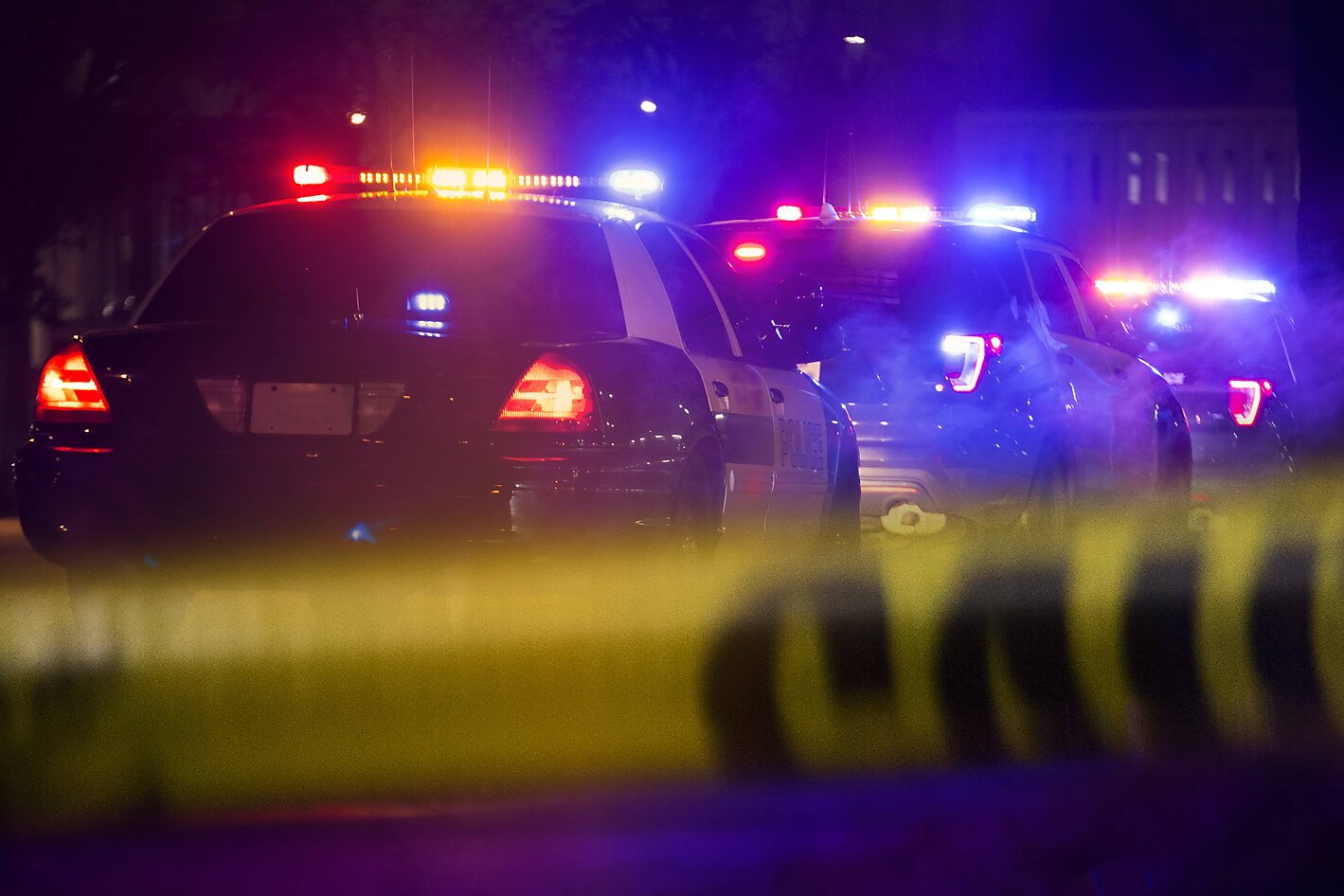Qualified immunity is one of the most obviously unjustified legal doctrines in our nation’s history. Although it is nominally an interpretation of our primary federal civil rights statute, that statute says nothing about any immunities, qualified or otherwise. And the common-law background against which it was passed also contained nothing like the across-the-board immunity for public officials that characterizes the doctrine today. Qualified immunity has also been disastrous as a matter of policy. Victims of egregious misconduct are often left without any legal remedy simply because there does not happen to be a prior case on the books involving the exact same sort of misconduct. By undermining public accountability at a structural level, the doctrine also hurts the law enforcement community by denying police the degree of public trust and confidence they need to do their jobs safely and effectively.
The most straightforward and sensible solution to this problem is complete abolition of qualified immunity. This could be appropriately accomplished either through the Supreme Court reversing its own precedent or through congressional legislation clarifying that our civil rights laws do not include any such defense to liability. Notably, even if qualified immunity is abrogated, municipalities would still have the option to indemnify state agents under appropriate circumstances. But there are also alternatives to total abolition that would eliminate qualified immunity in the typical case while still preserving a modified kind of immunity in a few safe harbors.



